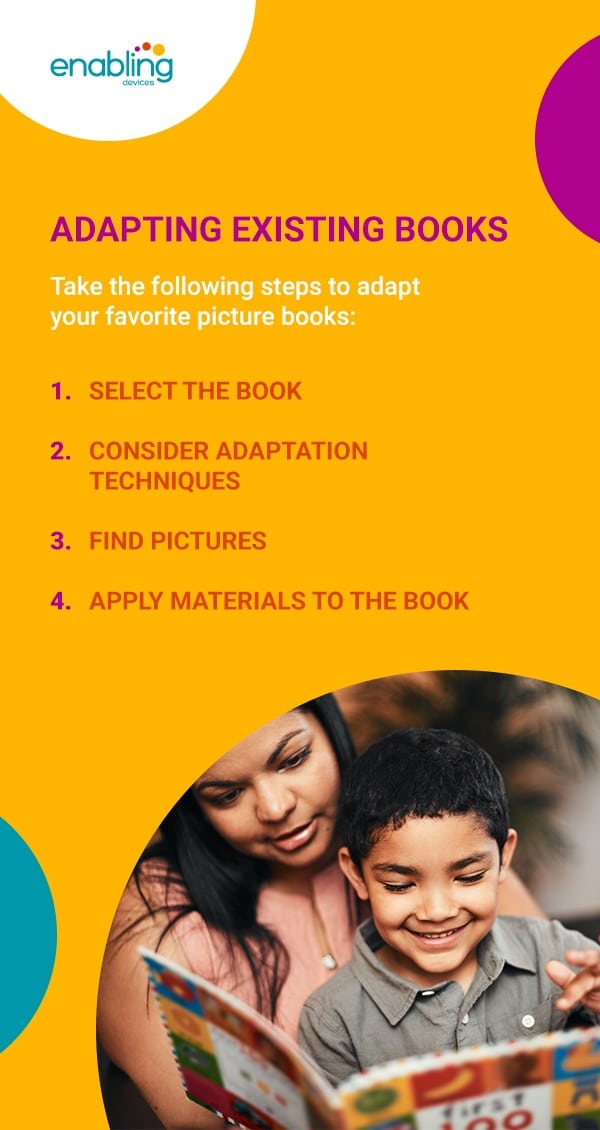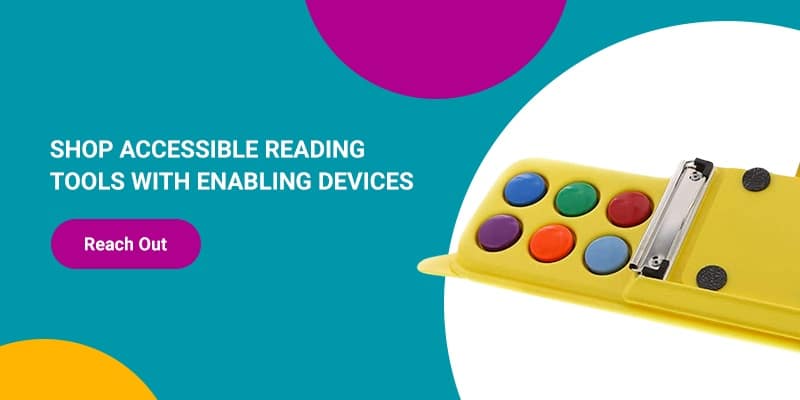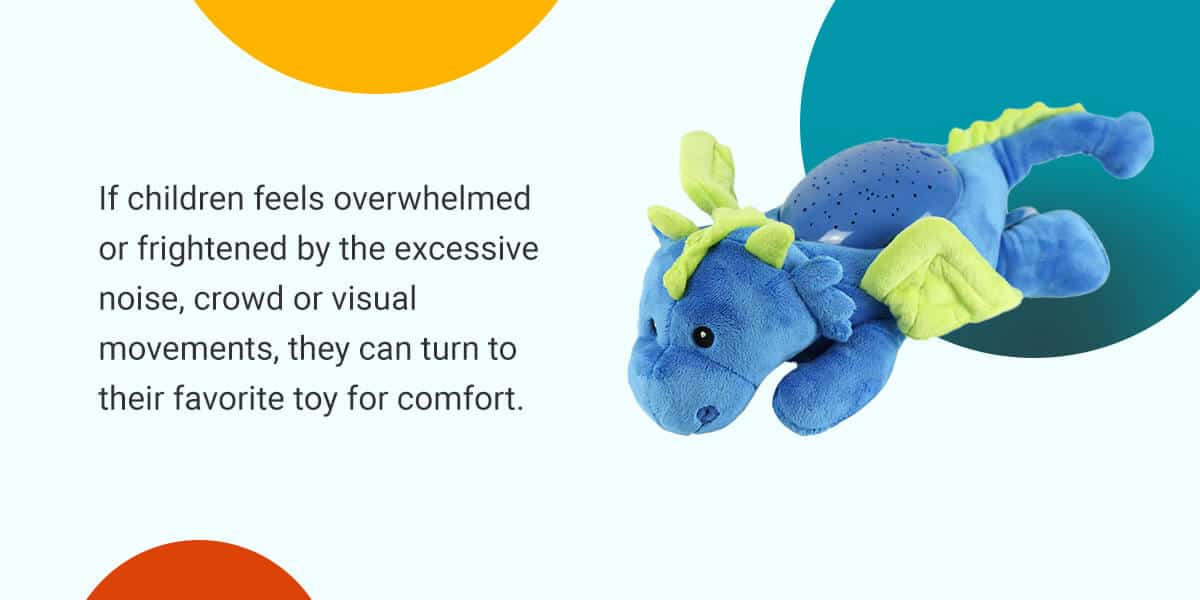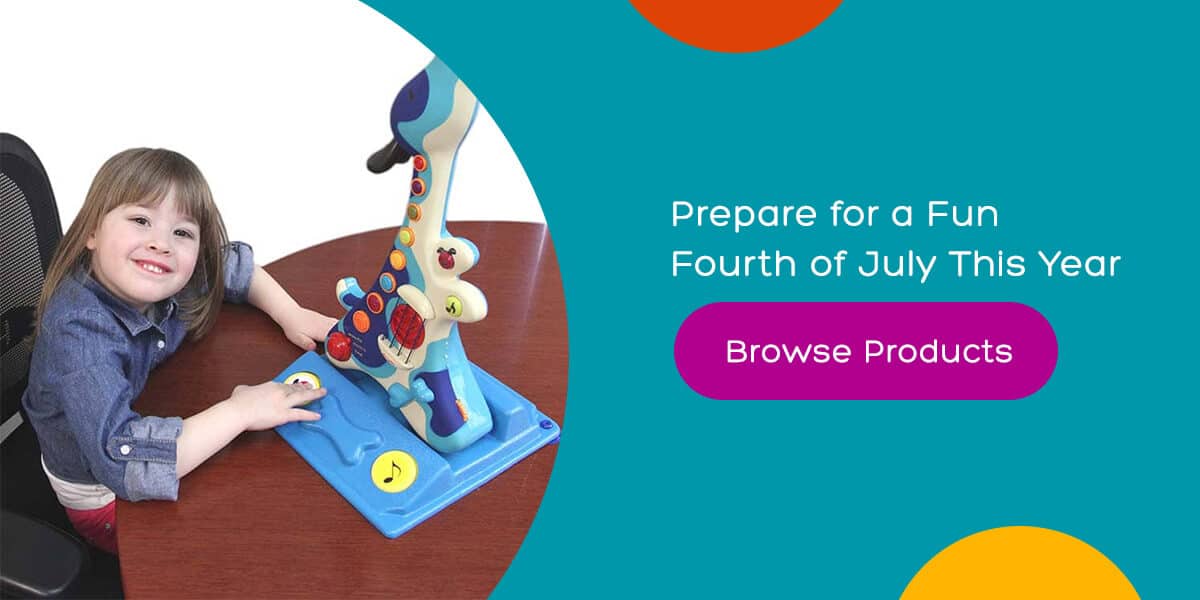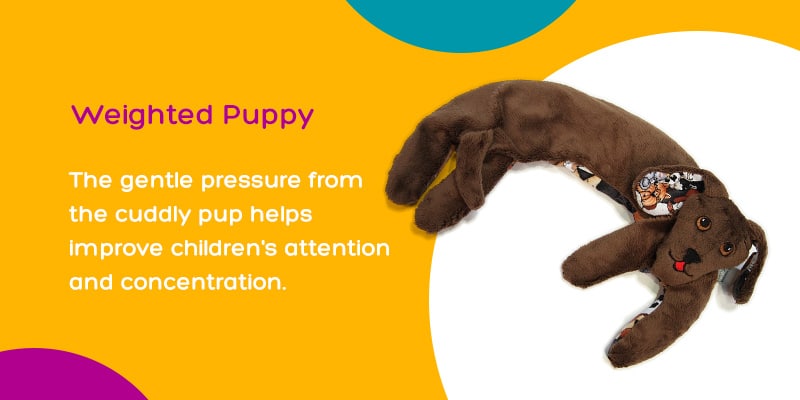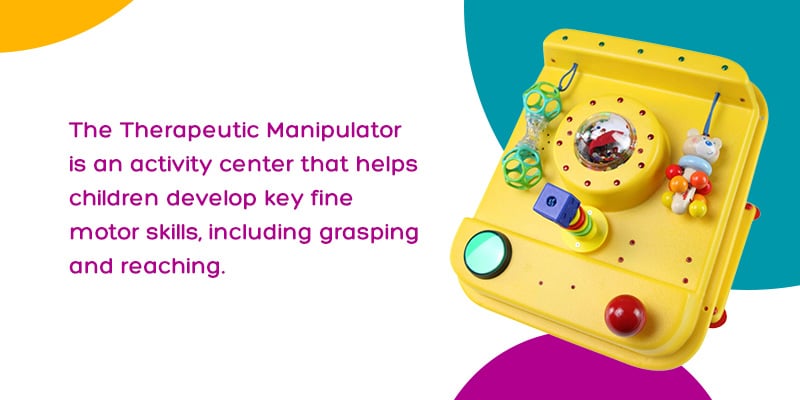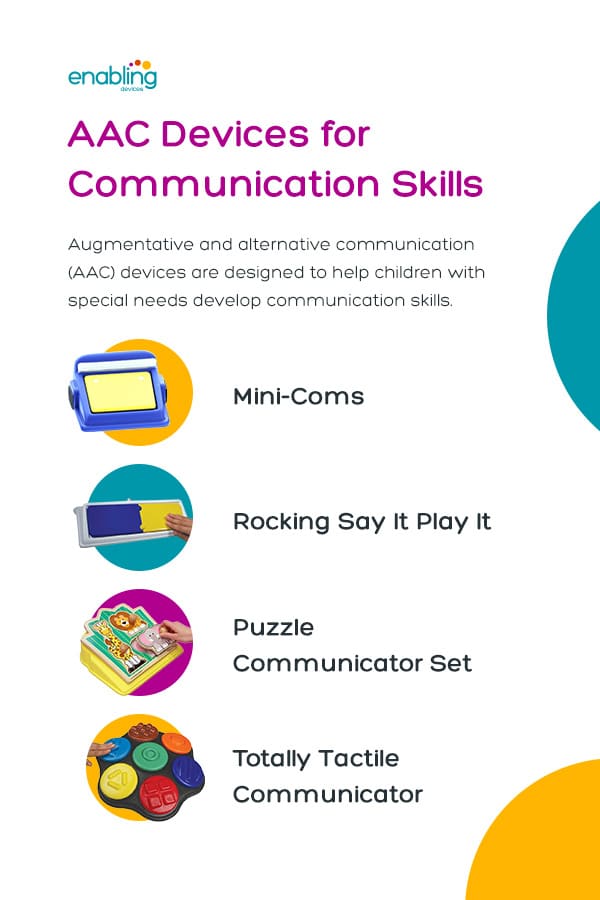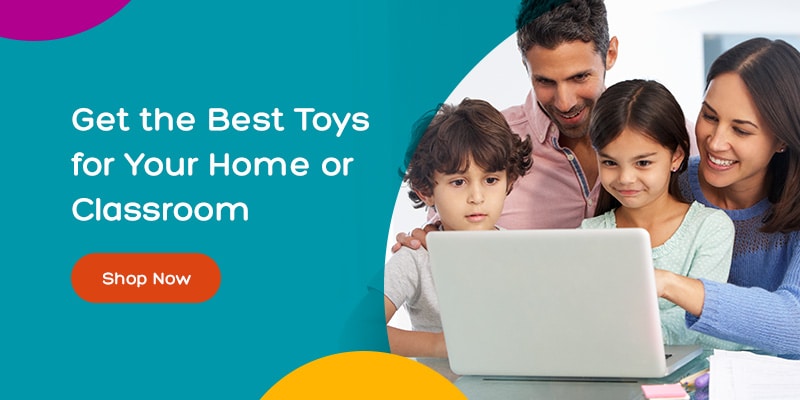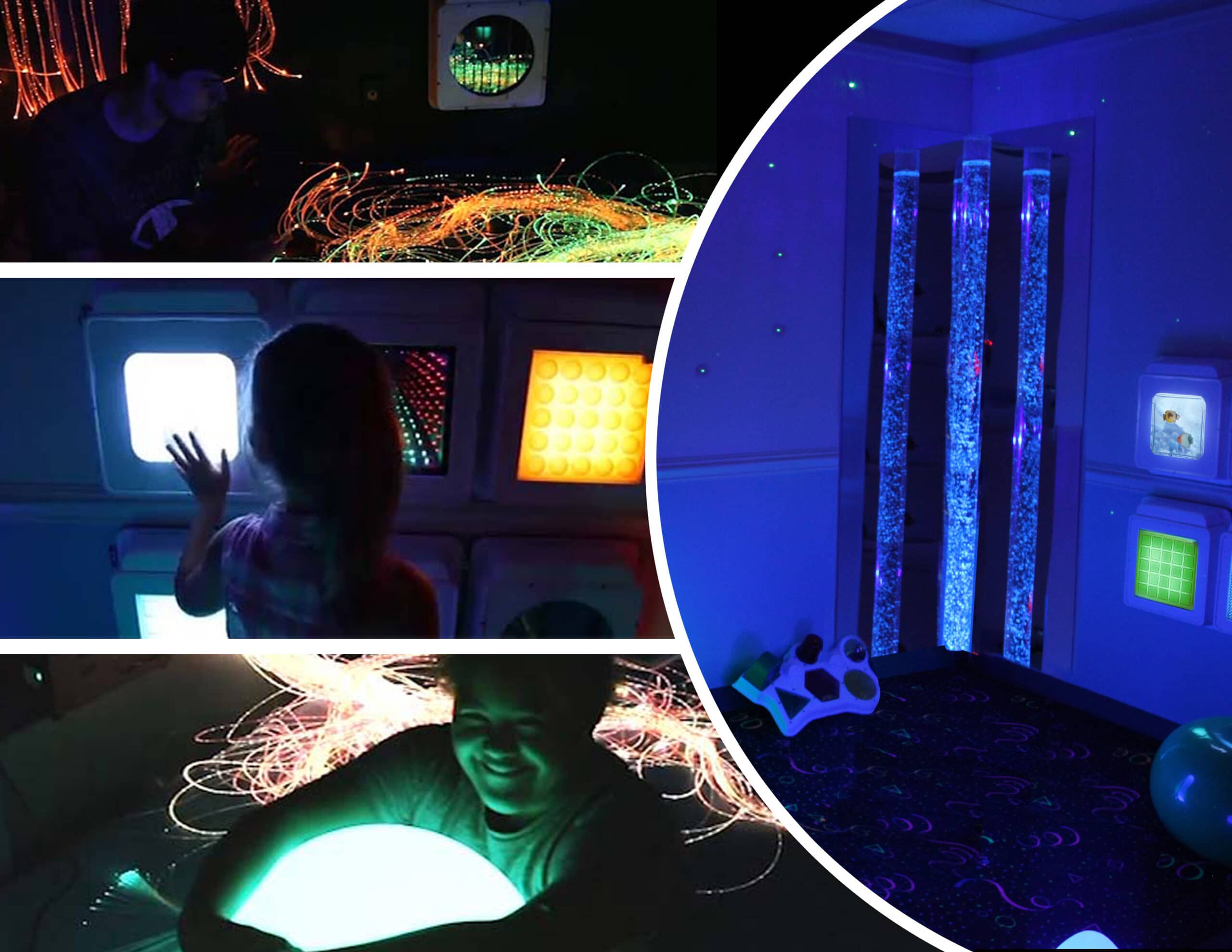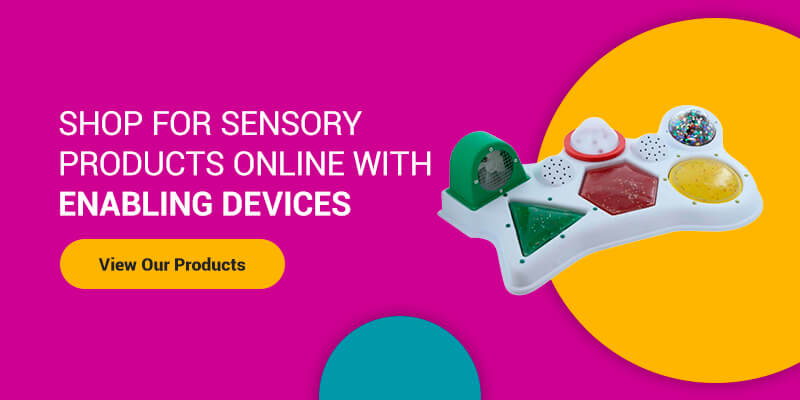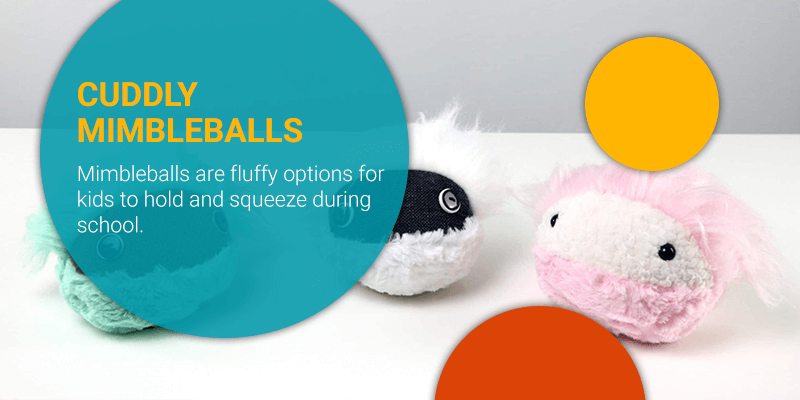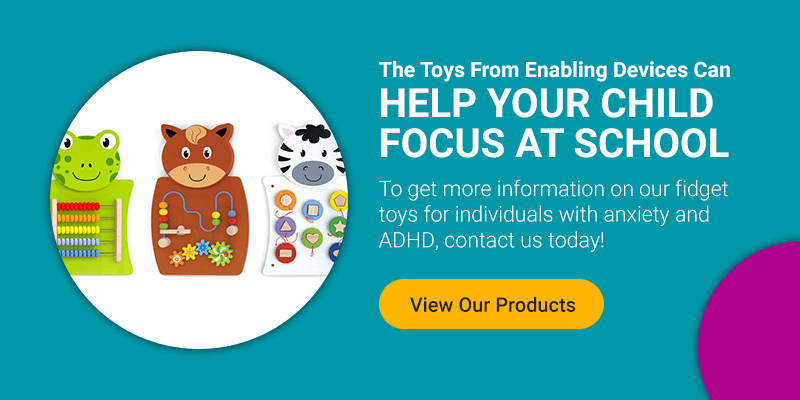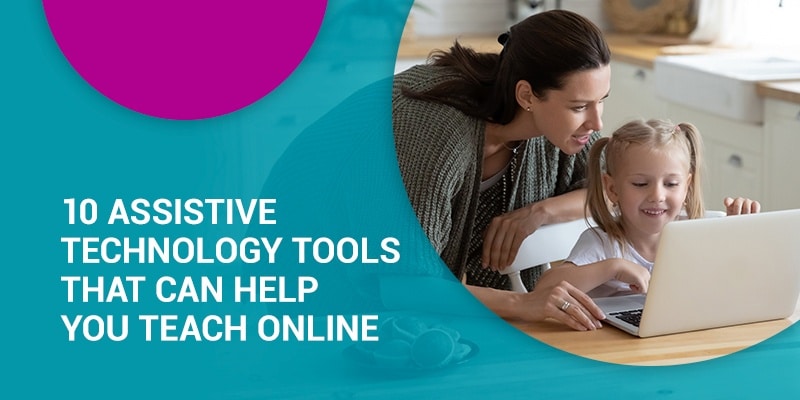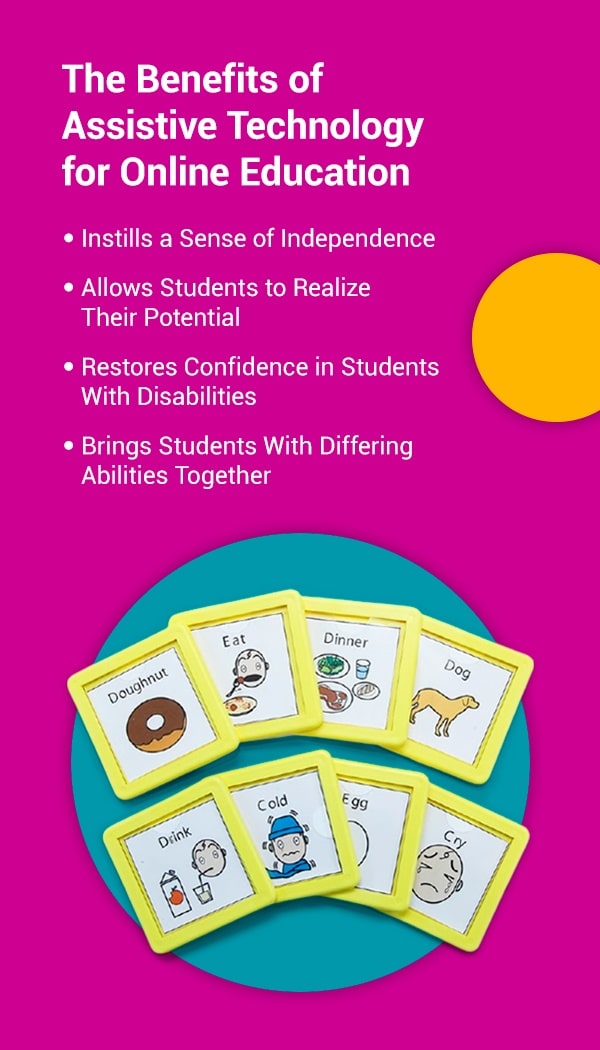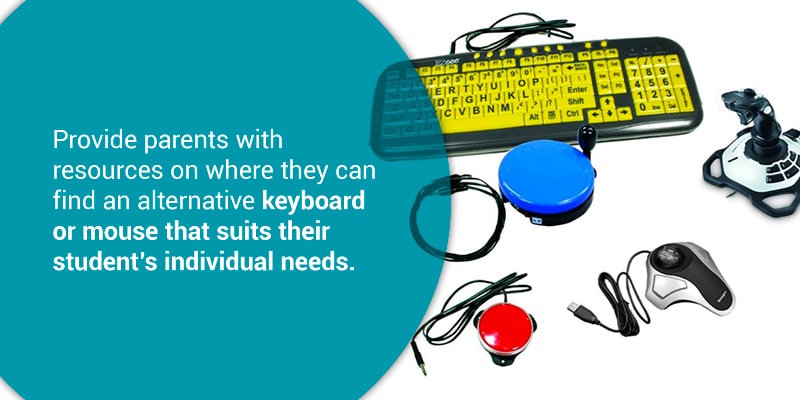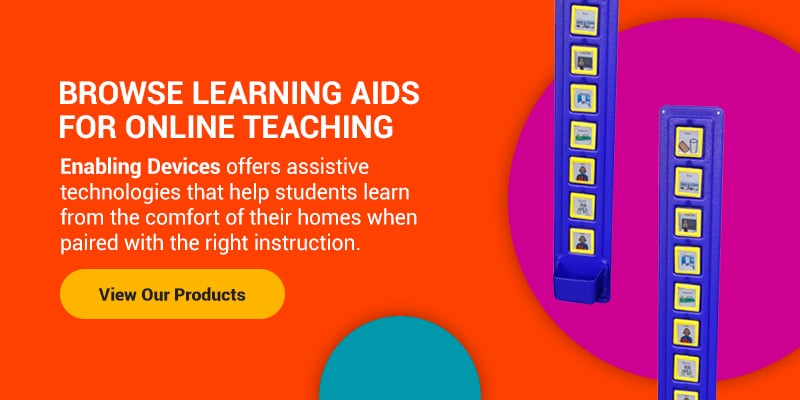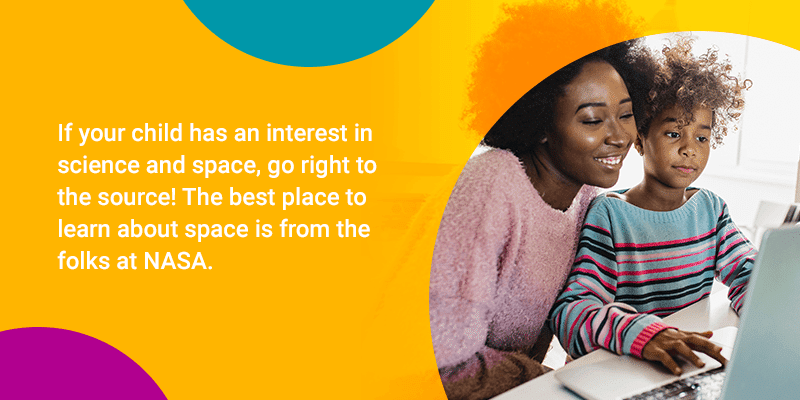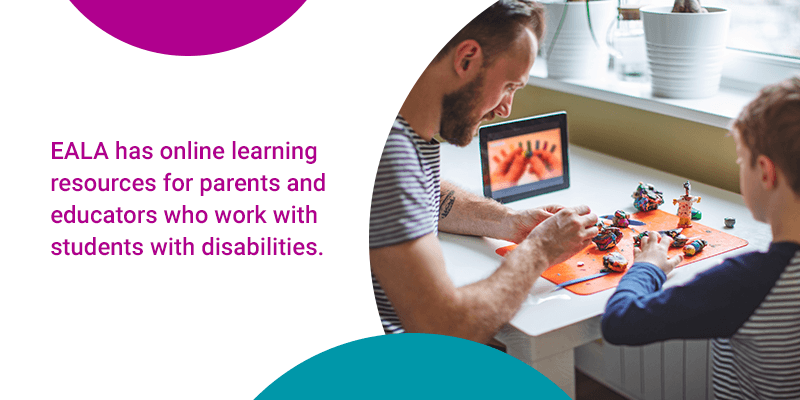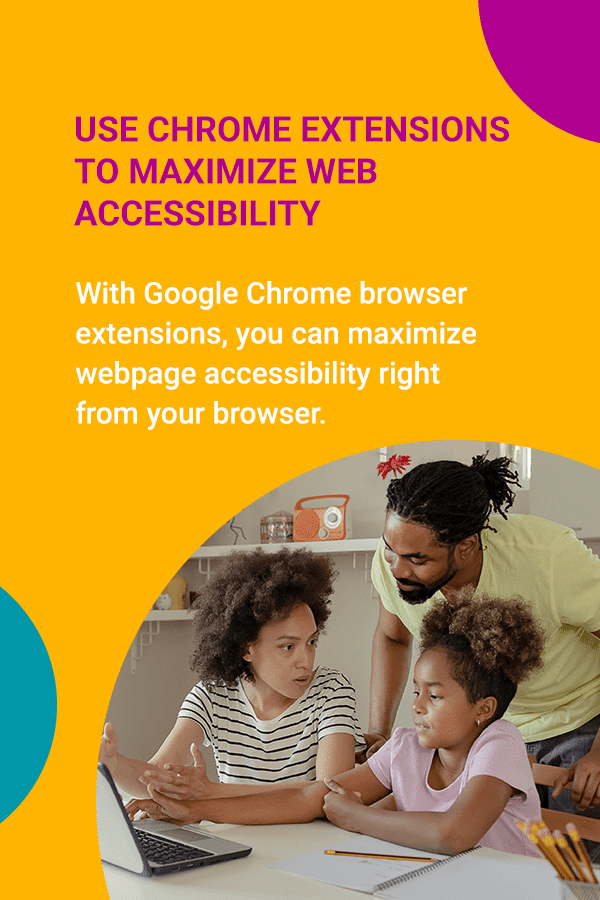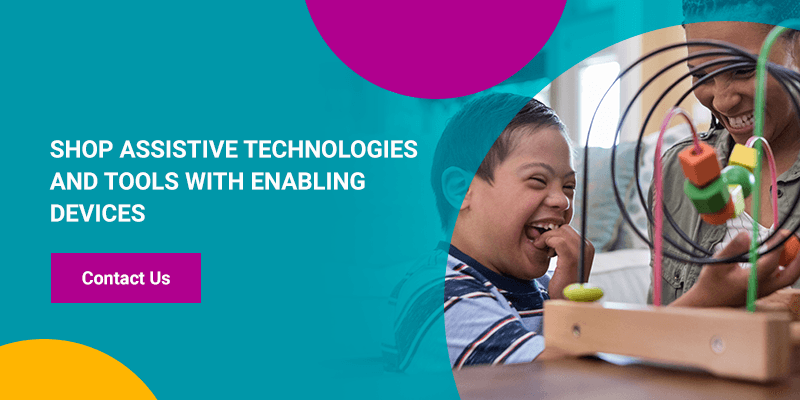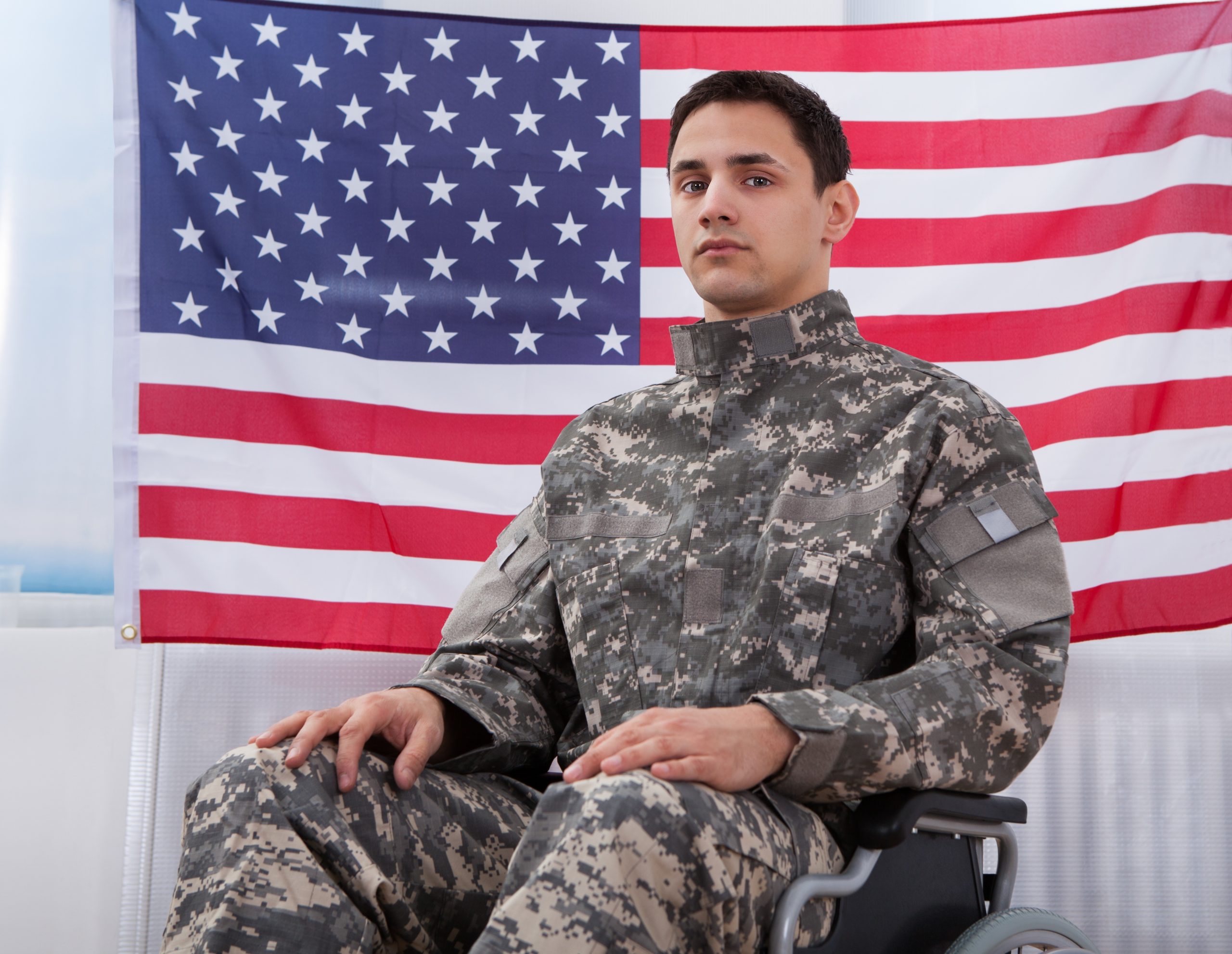Literature is a valuable resource for students to improve in various skills such as reading comprehension, language skills, object identification and even social skills. However, some students with disabilities may struggle to engage with traditional reading materials. Adapted books provide a solution by modifying texts to help students stay motivated. These books are more accessible to students with diverse learning styles. Plus, you can tailor them for students with a range of abilities, as they’re highly flexible learning materials.
Below, we’ll discuss what adapted books are, why they’re important for accessible education and how to create your own adapted reading materials.
How Do Adapted Books Work?
Adapted books provide a more engaging, accessible way for children with disabilities to experience literature. Rather than asking students to adjust their learning styles to traditional books, these books are modified with features like tactile elements to support students with different learning styles. For example, a student may have trouble visualizing a concept like tall grass or a prickly cactus. However, an adapted book could include textured fabric or pointy plastic to help students physically feel these materials and better understand vocabulary.
Many adapted books include objects or cards attached to pages with fabric fasteners. These books ask students to participate in the story by actively completing tasks like filling in blanks to build sentences. For example, you could write the sentence “Who picks apples?” illustrating the concept of a group of people picking apples. Then, students can choose from words such as “he,” “she,” “it” or “they,” attaching the tile with the appropriate word to answer the question.
Various other adaptations may include page spacers to make thin pages easier to turn, different textures, braille text for the visually impaired or using adaptive technology to provide sound or moving images. Adapted books also typically include pictures that correspond to the text to help students better visualize the words. Repeating the same symbol corresponding with particular terms will expose students to abstract vocabulary in a format they can better understand.
These books can help keep students with disabilities engaged in the story to build their language and reading comprehension skills. Adapted books can help all students of various levels learn and grow.
For example, a lower-functioning student may focus on object recognition and matching, such as identifying the number of items on a page or selecting the right color that corresponds to a picture. On the other hand, students with more advanced language skills may be asked to choose the proper preposition corresponding to the image on the page. Adapted books are flexible, allowing teachers to modify them according to a student’s particular needs.
Why Are Adapted Books Important?
Regardless of a student’s reading comprehension level, adapted books encourage engagement with literature in a more accessible way. Teachers design them to be interactive and motivate students, helping readers feel like they’re part of the book by physically moving the pieces. Adapted books can help students feel more engaged and motivated while increasing reading comprehension and language skills. Plus, their easy setup makes these books an appealing, accessible classroom activity.
Increase Engagement
Students with disabilities, especially intellectual and developmental disabilities, may benefit from nontraditional teaching methods. These students may need tasks and materials broken down into smaller steps, hands-on materials and increased visual stimulation.
Adapted books for autism and intellectual disabilities are an engaging solution, as they cater to diverse learning styles and ask students to participate in the story. Because they’re hands-on solutions, these books can increase reading stamina, or the amount of time a student focuses on a text. The different physical and visual stimuli of the books help students with disabilities concentrate on the story. Plus, they can cover a range of cross-curricular topics like math, history and social skills to provide a comprehensive learning experience.
Motivate Students
Adapted books are incredibly versatile. Educators typically create adapted books to adhere to different lesson plans and target multiple skills. Each book is tailored to various students’ learning needs, with a range of concepts, formats and materials covered depending on a particular student’s educational goals.
Since adapted books are individualized learning materials, they’re more likely to help students successfully achieve their objectives. When students have a positive, enjoyable reading experience, they’re more likely to continue engaging with literature. Ultimately, people with disabilities will feel more empowered and motivated to participate in the classroom.
Aid With Reading Comprehension
Students with disabilities may have trouble understanding and visualizing complex or abstract topics. Adapted books aid reading comprehension by presenting complex concepts in a simplified, straightforward way. Adapted books also rely on repetition to familiarize students with various ideas. Each book should focus on a central theme with repeated images and words on each page to help students grasp a range of concepts.
For example, a child may have trouble understanding what food is considered healthy. You can help children understand that fruits and vegetables are healthy by illustrating different items and asking students to select and group the correct ones. One page could focus on fruits, the next could cover vegetables and the following could depict dairy products. Providing visual portrayals of the idea can help children match words to familiar pictures.
Beyond creating your own adapted reading materials, you can also adapt existing books. Asking students questions while they read can help keep them focused and help you determine their level of understanding. Aim for questions that focus on reading comprehension, such as “What characters are on the page?” or “What’s happening in the story and the book’s setting?” You can also easily represent these concepts with images.
Build Language Skills
Adapted books are a great way to advance any student’s language skills with word visualization, picture matching and repetition. Educators can help students visualize certain language concepts like prepositions. For example, you can illustrate the word “on” by drawing a line with a dot on top of it. Or demonstrate what “around” means by creating a line with an arrow wrapping around it.
Make sure the book you design or select is appropriate for a student’s skill level. A student working on object identification should work with a book that asks them to match items rather than one that covers prepositions.
Adapted books are also especially beneficial for giving nonverbal students the chance to participate. Students with limited communication skills can point to or match different concepts. They can also collaborate with classmates to work through the book, building social skills.
Easy Setup
Adapted books are an easy group classroom activity. To make the books, create the graphics and text digitally. Then, print the book, laminate and bind it and attach any required features, like fabric fasteners. In the classroom, they’re easy to get out and clean up. The interactive reading kits should contain all the parts students need to complete the activity. Students can also work together to use the materials, helping children with disabilities develop their communication and social skills.
How to Make Your Own Adapted Books
Creating your own adapted books for the classroom is easy. Adapted books are flexible — you can either adapt your favorite existing books or create your own stories to target particular skills. Regardless of what you choose, ensure you’re adapting every book for each students’ specific needs, whether that means adding texture, page-turners or other elements.
Adapting Existing Books
You can adapt an existing book by creating your own materials to add to a book, making traditional story time more engaging for students with disabilities. It’s best to choose a book children are familiar with, especially when the interactive element asks students reading comprehension questions.
Take the following steps to adapt your favorite picture books:
- Select the book: The first step to adapting an existing book is to select the text you’d like to modify. Consider obtaining multiple copies of the same book to modify for different reading levels. Various modifications can also target particular skills, such as reading comprehension, object identification or language skills. You should also keep an unmodified teacher copy of the text.
- Consider adaptation techniques: After selecting a book, you should decide what kind of adaptations to add. Review your students’ needs to determine how to adapt the book. Are the adapted books for students with autism who need texture and visual stimulation to stay engaged? Does the student have trouble turning pages? Adaptations can include adding page-turners, pictures or textures to facilitate the reading experience. You can easily create page-turners by adding popsicle stick pieces, tabs or other raised surfaces to the pages.
- Find pictures: Next, find pictures that correspond to the text. Free resources like Microsoft Word Clipart or Google Images have a range of pictures, symbols and other images. You can also check out paid platforms. You’ll want to ensure they’re engaging and appropriately sized for the text. Review the book beforehand to plan where you’d like to add interactive elements. You’ll better determine how to best size the images when printing.
- Apply materials to the book: Finally, you can apply the interactive materials to the book with glue or packing tape. You can also use removable label sheets if you’d like to preserve the original pages. Using packing tape is a good idea, as it automatically laminates the surface to prevent wear and tear and provides a smooth surface for the fabric fasteners to adhere to. When applying the interactive elements, ensure all essential textual and graphic elements on the page are still visible.
You might also want to consider re-binding the existing book if it’s a soft-cover copy and you have a binding machine available. Re-binding these books gives you more space for the interactive elements on the page where the binding previously took up space. It also may make it easier for some students to turn the pages. Use a knife to slice off the original binding and re-bind soft-cover books. Then, bind the loose pages like any other paper.
Creating New Adapted Books
If you want to create your own story to help students with particular skills, you can create your own adapted books. When making an adapted book, you should first determine each student’s needs. The format you choose for adapted books depends on your students’ learning objectives. For example, a student with sensory processing disorder may benefit from tactile additions to a book as a form of sensory integration therapy. Another student may benefit from a story that teaches both reading comprehension and social skills. Creating your own adapted book provides many flexible options.
There are several types of adapted books you can create:
- Traditional adapted books: Traditional adapted books are relatively easy to create. While this method is slightly more time-consuming than alternatives, these materials can last for years in your classroom. Design each text and graphics page with clear images that follow a theme. Then, print, laminate and bind the pages with a binding machine or binder rings. Finally, attach an adhesive fabric fastener on each answer space, picture tile and tile place keeping spot.
- Mini-adapted books: Mini-adapted books are excellent options to save paper. As the name suggests, this version is half the size of traditional adapted books. These smaller books provide a last-minute classroom activity, which is especially beneficial for substitute teachers. Further, mini adapted books are not laminated, allowing each student to take their book home for continued learning. Students who are able can also practice their fine motor skills by cutting and assembling their own books.
- Digital adapted books: Many schools have now embraced remote learning. Digital adapted books allow students to access homemade digital copies of texts anywhere. Digital texts can help students learn essential technology skills. Further, technology can aid with listening and reading comprehension by reading the book aloud to students. Hearing and seeing the words with a corresponding image can help with object identification, language skills and reading comprehension.
Regardless of the type of adapted book you create, each spread should first include a page with the story. Then, two question pages should follow. For physical copies, you can either attach a piece of laminated cardstock to the side or bottom of the book to keep the attachable, interactive tile pieces. You can also keep the answer tiles on the front or back cover of the book.
Shop Accessible Reading Tools With Enabling Devices
Students with disabilities may struggle to engage fully when using traditional reading materials. Adapted books for students with autism and other disabilities can provide a creative, accessible solution to keep students motivated. Because every adapted book is tailored to each student’s particular needs, they can help students concentrate and understand the story.
Enabling Devices offers a range of accessible products for people with disabilities. The Reading Time Communicator is an adaptive reading technology that promotes early reading. Students can press switches that correspond to removable stickers on the page to hear up to six messages up to 25 seconds long. We also offer special education classroom kits, communicators and adaptive toys and switches to empower your loved one with a disability. Reach out to us today to learn more about our products!




